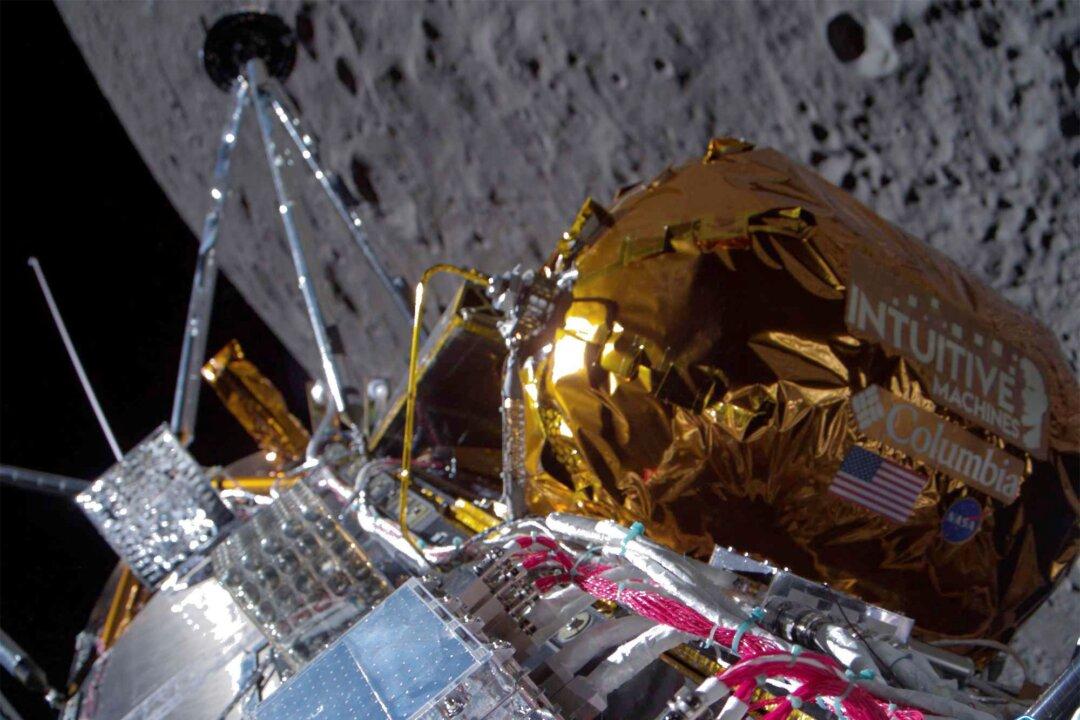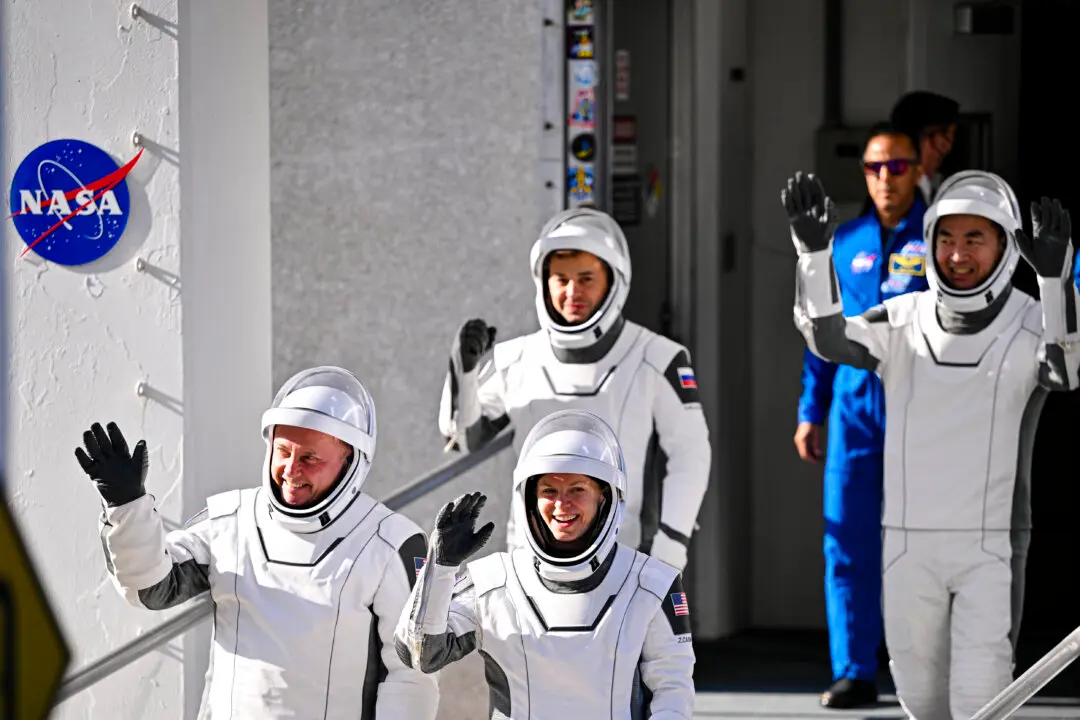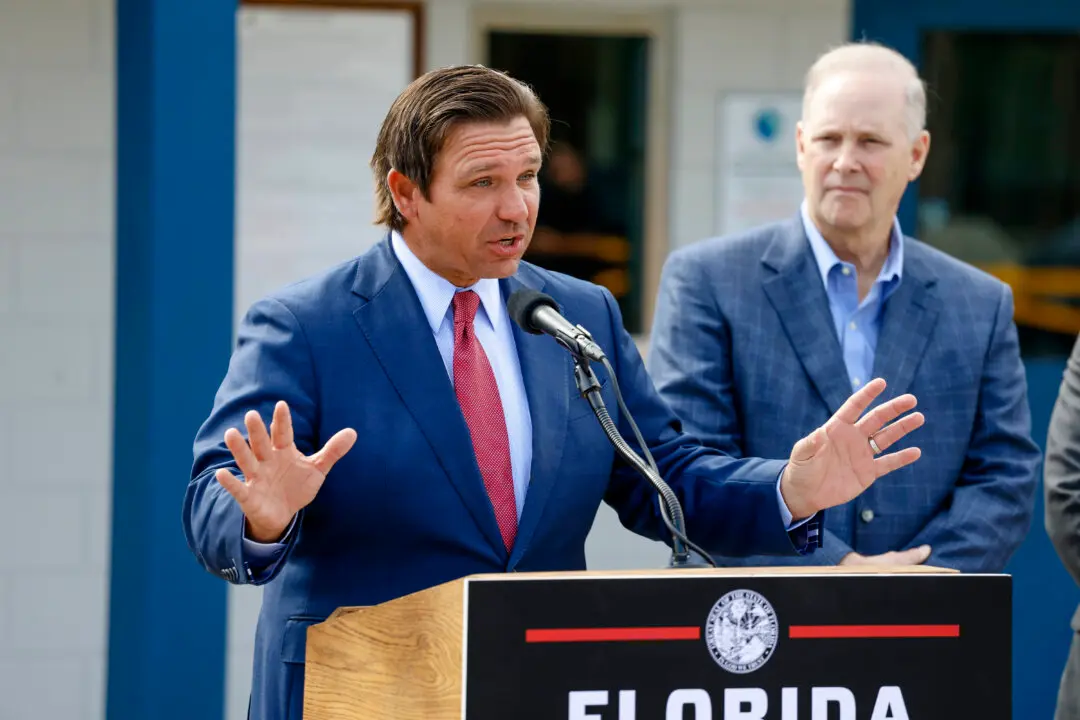NASA and Intuitive Machines leaders proclaimed the landing of its Odysseus moon lander a complete success and shared the story of how they were able to salvage the mission after a botched soft landing.
“This is the first time in the 21st century the United States has landed equipment on the surface of the moon, and we’re getting data back,” , said Joel Kearns, deputy associate administrator of Exploration in NASA’s Science Mission Directorate.





